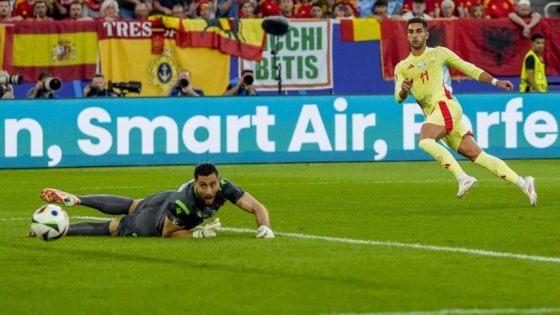The answer to some of Australia’s future energy questions could be sitting in garages across the country, and that answer could prove profitable for their owners.
Powerful batteries inside electric vehicles are being touted as potential energy storage solutions to keep Australia’s lights on during blackouts as well as supporting the national power grid during shortages.
And the technology underpinning the idea, known as vehicle-to-grid or V2G, has already proven useful in two real-world situations during local trials this year.
In one case, the vehicle owner deploying the technology earned himself $300 for his assistance.
Industry experts and academics say there are still hurdles to overcome before the technology can be used widely, including support from automakers and energy retailers, but they predict it could be ready to launch within the year.
Vehicle-to-grid technology was conceived in 1997 as a way to use electric vehicles as batteries on wheels, redeploying their powerful energy storage capacity when not on the road.
The concept was also designed for sustainability, Australian National University senior research fellow Bjorn Sturmberg says, as vehicle owners could avoid buying a separate home battery and make a secondary income from their cars.
The researcher’s team has led a V2G trial in Canberra since 2020 involving 51 electric vehicles and, during a power fault on February 13, proved it could be useful.
Sixteen trial vehicles were plugged in to chargers during an emergency situation caused by Victorian storms and, within seconds, the vehicles stopped charging and fed power back into the electricity grid.
“There’s proving it in the lab and then proving it in the real world,” Dr Sturmberg said.
“It does carry so much more weight and it’s very satisfying that it did exactly what we expected it to do.”
But the Canberra trial is not the only time vehicle-to-grid technology has proven useful, or profitable, in Australia.
Amber Electric recently announced a $7.7 million project, part-funded by the Australian Renewable Energy Agency, to install 100 smart chargers and 50 vehicle-to-grid chargers in participants’ homes.
Co-founder Chris Thompson says the project will run over three years and the company will start proactively recruiting candidates towards the end of 2024.
But a small group of people are already testing Amber’s V2G technology, he says, and one man who connected his electric car to the grid had already profited from it.
“We had some pretty severe grid stress in NSW back in May that caused price spikes across NSW and Queensland,” he told AAP.
“We had one customer with an EV discharging out into those prices, helping to support the grid and keep the lights on, and he earned about $300 in a day from that which was pretty cool.”
A study prepared by consultancy Energeia found electric cars connected to the grid could earn their owners as much as $12,000 a year in NSW.
While V2G may not be a household name yet, Mr Thompson says it is a popular idea among electric vehicle owners, some of whom ask whether they should delay buying a home battery and use this technology instead.
“It’s such a cool concept that everyone I speak to is like ‘oh yeah, I want that’,” he said.
“Our customers are more enthusiastic about this than anything else.”
Federal Energy Minister Chris Bowen also expressed enthusiasm for the technology at the National Press Club this week, saying he would ask state ministers to support the technology in the next national consumer energy plan.
“I want to see progress on a sensible, practical timeline which is ambitious,” he said.
“This is not a five-year proposition – this is much closer to something we need to roll out over the next year or so.”
But Electric Vehicle Council energy and infrastructure head Ross De Rango says vehicle-to-grid technology still has several hurdles to overcome in Australia.
The technology is allowed in South Australia, for example, but other state and territory governments will need to update service and installation rules to accommodate its use.
Standards Australia will also need to issue new rules to support V2G, which are expected later this year.
Mr De Rango says government support may also be needed to fund widespread installations of bi-directional chargers, and more automakers will need to support the technology and potentially adjust their battery warranties to allow new uses.
“Using a battery this way in addition to using it for driving has the potential to wear the battery out a little faster,” he said.
“Global trials indicate that the impact is not particularly significant but it needs to be accounted for and the vehicle warranty is the right place for it to be covered.”
Brands that support vehicle-to-grid technology include Nissan, Mitsubishi, Volkswagen, Cupra, Kia, Polestar and Volvo although others, including Tesla, have expressed plans to introduce it in future.
Dr Sturmberg says Australia will also need to see updated V2G chargers released to the market as the older models had been withdrawn.
Despite this work, Mr De Rango says two-way electric vehicle charging could launch in Australia within the next year.
“V2G is going to start popping up in homes around the country in 2025,” he said.
“The key regulatory hurdles will be overcome, at least in most states, and there’s plenty of early adopters who are very keen to give it a go.”
Source Agencies




